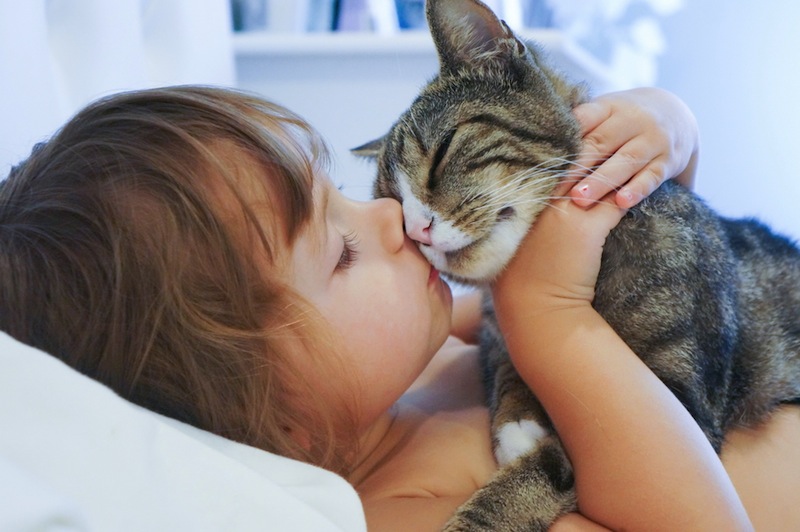Exposure to Allergens Early in Life May Lower Children's Allergy Risk

Children who are exposed to more allergens and bacteria in their homes during the first year of life may be less likely to suffer from allergies, wheezing and asthma later on, a new study suggests.
Researchers found that 3-year-olds who were exposed to mouse dander, cat dander and cockroach droppings before they turned 1 were three times less likely to suffer from wheezing, allergies and asthma than those who lived in homes without these allergens.
The 3-year-olds in the study who were free of wheezing and allergies lived in homes with the highest degrees of allergens, and were also the most likely to live in homes with the greatest variety of bacteria species.
"What was particularly interesting is that a combined exposure — to both high levels of allergen, and a high diversity of microbes — was associated with a lower prevalence," of allergies and wheezing, study author Christine Cole Johnson, chair of the Department of Public Health Sciences at Henry Ford Hospital and Health System in Detroit, told Live Science in an email.
In the study, researchers followed 467 inner-city infants in Baltimore, Boston, New York and St. Louis from birth until they were 3. The investigators visited the children's homes, collected and analyzed dust samples in 104 of the homes, and examined the level and type of allergens in the infants' surroundings.
The researchers also tested the babies for allergies and wheezing using blood and skin-prick tests, physical exams and parental surveys. [9 Weirdest Allergies]
About 41 percent of the kids who were both wheeze- and allergy-free lived in homes that were teeming with allergens and bacteria. On the other hand, just 8 percent of the kids who had both allergies and wheezing problems had been in regular contact with various allergens and bacteria, according to the study.
Get the world’s most fascinating discoveries delivered straight to your inbox.
The study authors also found that the children in the study who were exposed to all three types of allergens — from cats, cockroaches and mice — had a lower risk of allergies, wheezing and asthma at age 3 compared with those who were exposed to only one or two of these allergens.
About 7 million children in the United States have asthma, according to data from Centers for Disease Control and Prevention (CDC).
Exactly why early exposure to dirt and bacteria may be beneficial to kids is unclear, the researchers said.
"The mechanism is unknown at this time, but it is thought that these high levels of exposure result in a better educated immune system, as it develops during early infancy," Johnson said.
Previously, the proponents of the so-called "hygiene hypothesis" have suggested that kids these days are in fact not exposed to enough dirt and bacteria, which leaves their immune systems ready to overact to substances that should be harmless to them.
The new study shows "for the first time, that the bacterial content of house dust in inner-city households is significantly associated with allergic disease outcomes of children raised in those houses," study author Susan Lynch, an associate professor at the University of California, San Franciso, told Live Science in an email.
"In keeping with the hygiene hypothesis, our study shows that there may well be bacterial exposures in inner-city households that protect children raised in those environments," from allergies and wheezing, Lynch said.
"Some other studies have suggested that an extraordinarily clean environment increases the risk for allergic disorders," Johnson said. "For myself, I have a couple of dogs in the house, and I think it's a good idea."
The study is published today (June 6) in the Journal of Allergy and Clinical Immunology.
Follow Live Science @livescience, Facebook & Google+. Originally published on Live Science.


